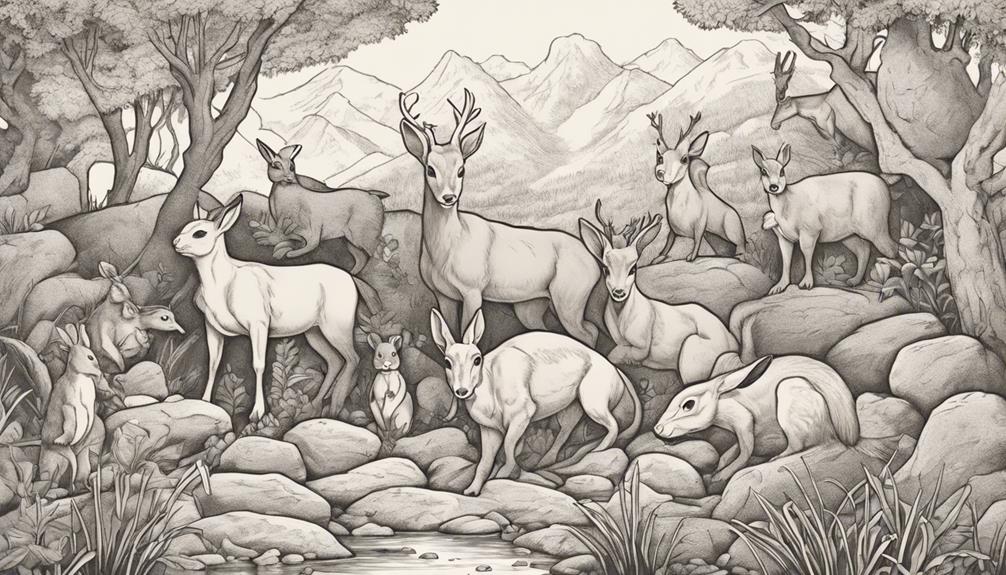Have you ever considered which animals tend to display the most cowardly behaviors in the face of danger? It might surprise you to learn that even the most seemingly bold creatures have their moments of vulnerability.
Delving into the world of cowardice in the animal kingdom reveals a fascinating array of survival tactics that these creatures employ to evade threats. From the notorious fainting goats to the elusive Eastern Hognose Snakes, each example sheds light on the intricate strategies that animals utilize when confronted with fear.
Keep on reading to uncover the intriguing tales of these timid yet resourceful beings and how they navigate the challenges of their environments.
Fainting Goats
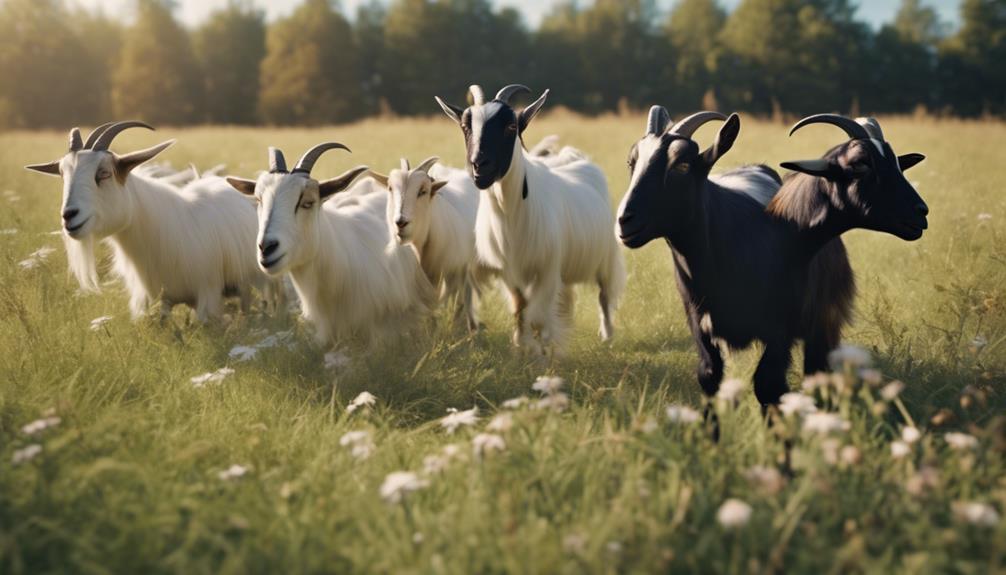
Fainting goats, known for their unique response to scares, often freeze up and faint momentarily due to their myotonia condition. When startled, their muscles briefly stiffen, causing them to fall over as if in a faint. This instinctive reaction, although it may seem alarming, isn't harmful to the goats. The myotonic goats recover quickly after fainting, typically regaining consciousness within a few seconds to a minute.
Observing fainting goats can be both amusing and fascinating. Their ability to spring back up as if nothing happened showcases their resilience and adaptability. Despite their momentary vulnerability to scares, these goats have developed a quirky defense mechanism that sets them apart from other farm animals.
Australian Quokkas
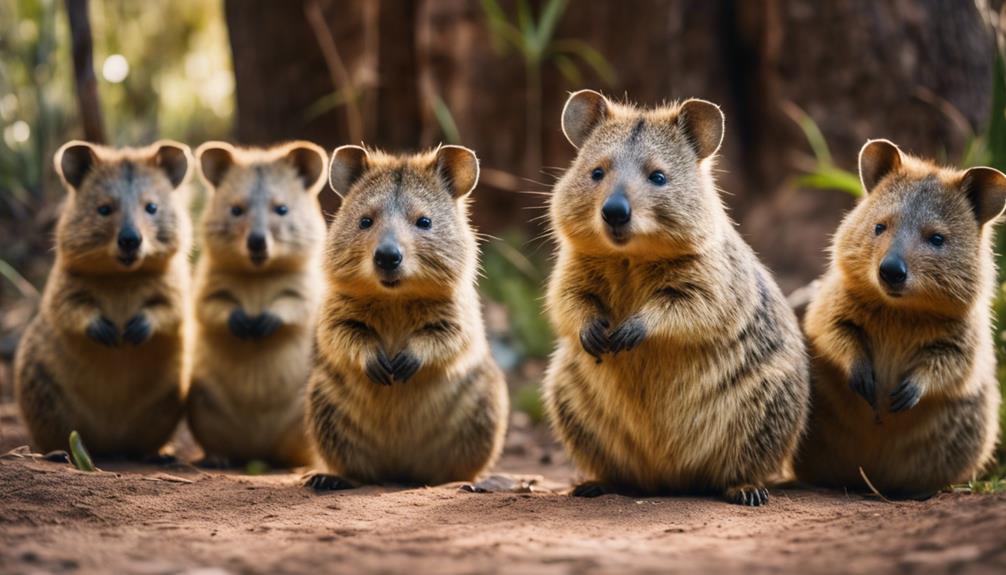
When encountering Australian Quokkas in their natural habitat, you'll quickly notice their endearing and unique survival strategies. These small marsupials are known for their adorable smiles and friendly demeanor, but don't let their cuteness fool you – they've some clever tricks up their sleeves.
One fascinating tactic employed by quokkas is using their babies to distract predators. When faced with danger, the adult quokka will often present its offspring as a decoy, allowing the young ones to attract the attention of the threat while the adult escapes to safety. This behavior showcases the quokka's instinctual drive to protect its own life while ensuring the survival of the next generation.
Researchers are currently studying these survival instincts to gain further insights into how quokkas adapt and thrive in their challenging environment. So next time you see a quokka with a little joey in tow, remember that behind those cheerful faces lie some truly resourceful and cunning survival strategies.
Rabbits
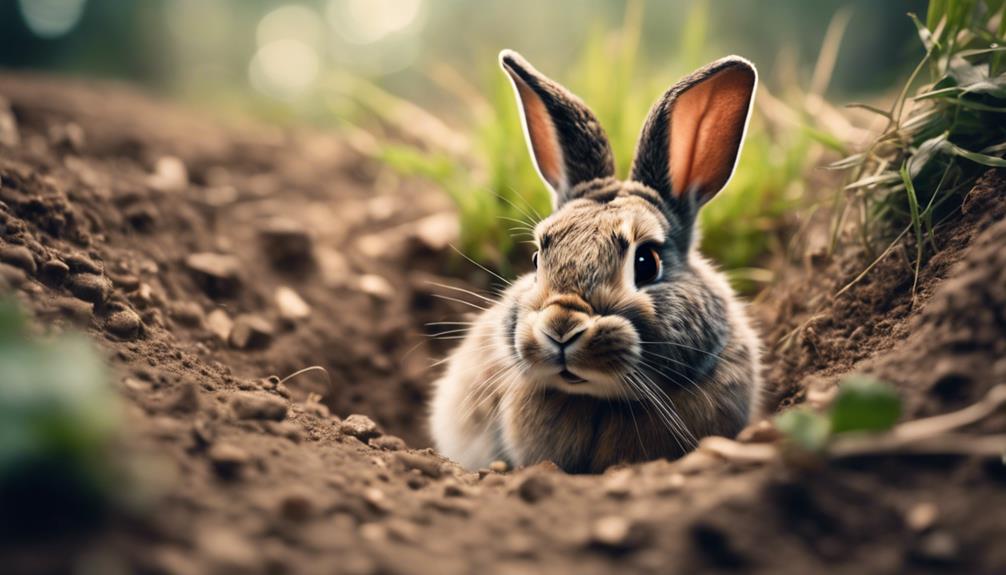
In the wild, rabbits exhibit anxious and fearful behaviors driven by their instincts for survival. When individually penned, rabbits can display heightened levels of anxiety, reflecting their natural inclination to perceive confinement as a threat. This fear response is deeply rooted in their survival instincts, as in the wild, rabbits rely on their ability to sense danger quickly and react promptly to evade predators.
Even domesticated rabbits showcase similar behaviors, showing signs of distress when feeling trapped or cornered. However, creating a spacious and enriching environment for pet rabbits can help reduce their anxiety levels, allowing them to exhibit more natural behaviors and feel more secure.
Hyenas

Hyenas exhibit opportunistic behavior by prioritizing scavenging over hunting for survival. They're often dubbed as cowardly due to their scavenging habits, which involve capitalizing on the kills of other predators instead of actively hunting. This behavior allows hyenas to conserve energy and reduce the risks associated with hunting large prey. By scavenging carcasses left behind by lions or other predators, hyenas make sure a more reliable food source without engaging in potentially dangerous confrontations.
Despite their reputation for cowardice, hyenas are highly intelligent and social animals. They live in clans that work together to take down larger prey when necessary, showcasing their adaptability and strategic hunting skills. This cooperative behavior also extends to caring for their young and defending their territory from rival clans. While hyenas may not always be the most courageous hunters, their ability to thrive in challenging environments through scavenging and cooperative hunting strategies is a proof of their survival instincts and adaptability.
Opossums
Opossums, often misunderstood as vicious creatures, are more likely to flee or play dead when faced with threats. These marsupials have a unique defense mechanism that kicks in when they feel threatened. Instead of engaging in confrontation, opossums prefer to escape the danger through flight or by putting on a convincing act of playing dead. This behavior not only helps them avoid harm but also surprises potential predators, giving the opossum a chance to survive.
When feeling cornered, opossums emit a foul smell to enhance the illusion of being deceased, further deterring predators. This clever tactic buys them time until the threat subsides, allowing them to escape unharmed. So, next time you encounter an opossum in the wild, remember that despite their intimidating appearance, they're more likely to resort to cowardly yet effective methods of self-preservation.
Eastern Hognose Snakes
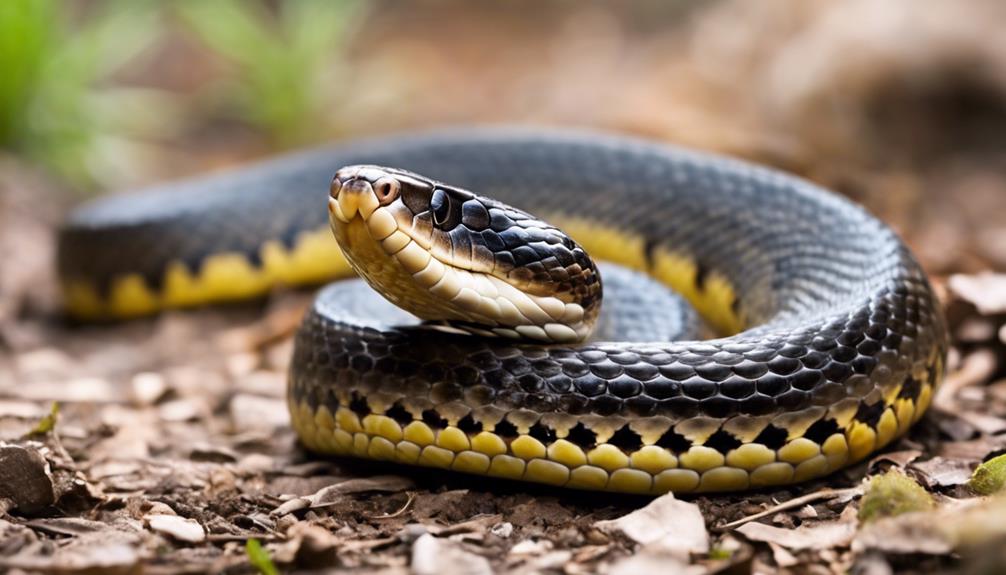
Have you ever encountered an Eastern Hognose Snake and witnessed its fascinating behavior of playing dead when threatened?
These snakes are masters of deception, known for their elaborate theatrics to avoid confrontation. When faced with danger, Eastern Hognose Snakes will hiss, flatten their necks, and even mimic the stench of a decaying animal.
If these tactics fail to deter predators, they resort to the ultimate ruse – playing dead. By rolling onto their backs, convulsing, and sticking out their tongues, they convincingly mimic a deceased snake.
This behavior, although seemingly cowardly, is a brilliant survival strategy. In fact, Eastern Hognose Snakes have earned the nickname 'Zombie Snakes' in North Carolina due to this remarkable act.

Erzsebet Frey (Eli Frey) is an ecologist and online entrepreneur with a Master of Science in Ecology from the University of Belgrade. Originally from Serbia, she has lived in Sri Lanka since 2017. Eli has worked internationally in countries like Oman, Brazil, Germany, and Sri Lanka. In 2018, she expanded into SEO and blogging, completing courses from UC Davis and Edinburgh. Eli has founded multiple websites focused on biology, ecology, environmental science, sustainable and simple living, and outdoor activities. She enjoys creating nature and simple living videos on YouTube and participates in speleology, diving, and hiking.
🌿 Explore the Wild Side!
Discover eBooks, guides, templates and stylish wildlife-themed T-shirts, notebooks, scrunchies, bandanas, and tote bags. Perfect for nature lovers and wildlife enthusiasts!
Visit My Shop →
